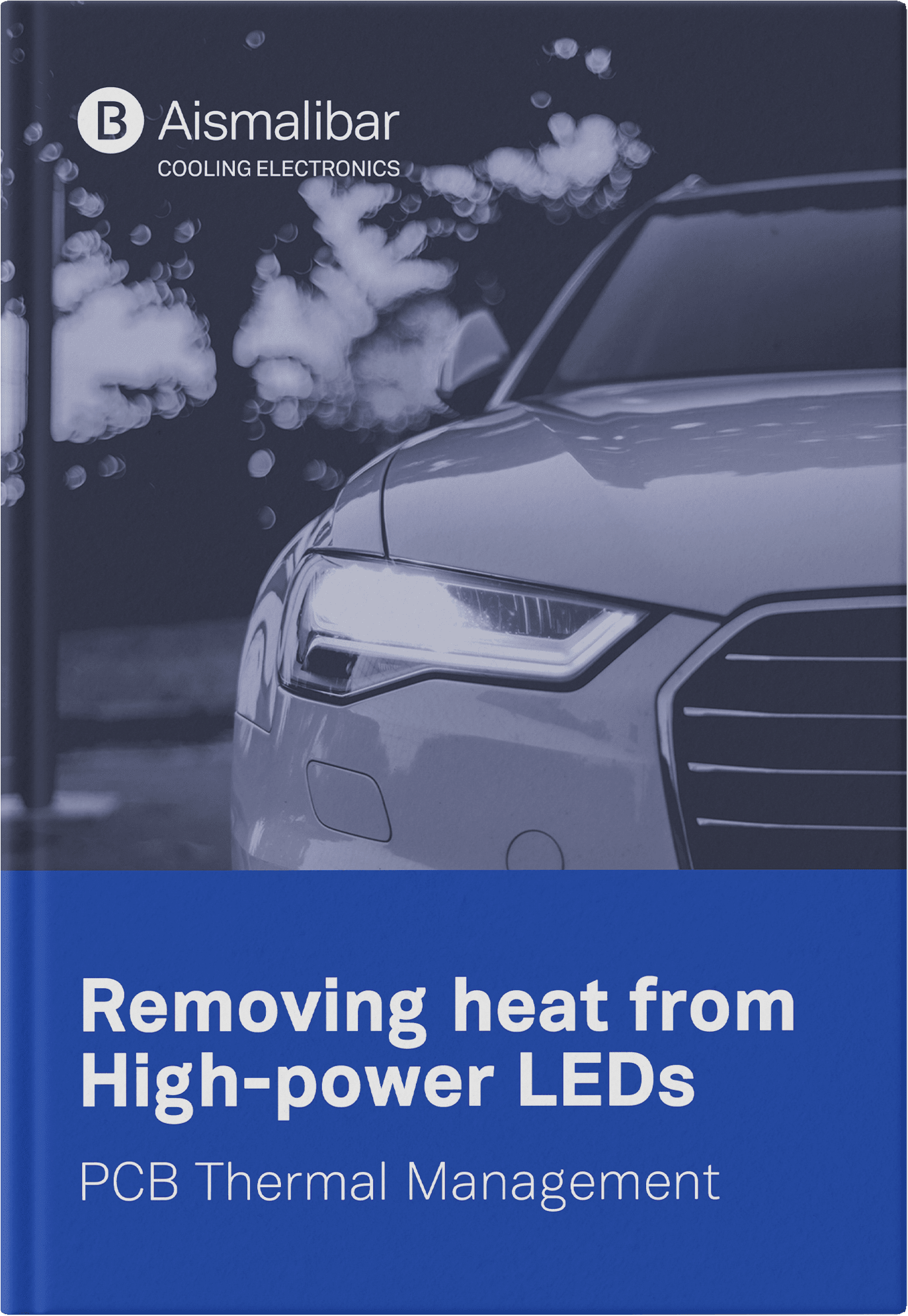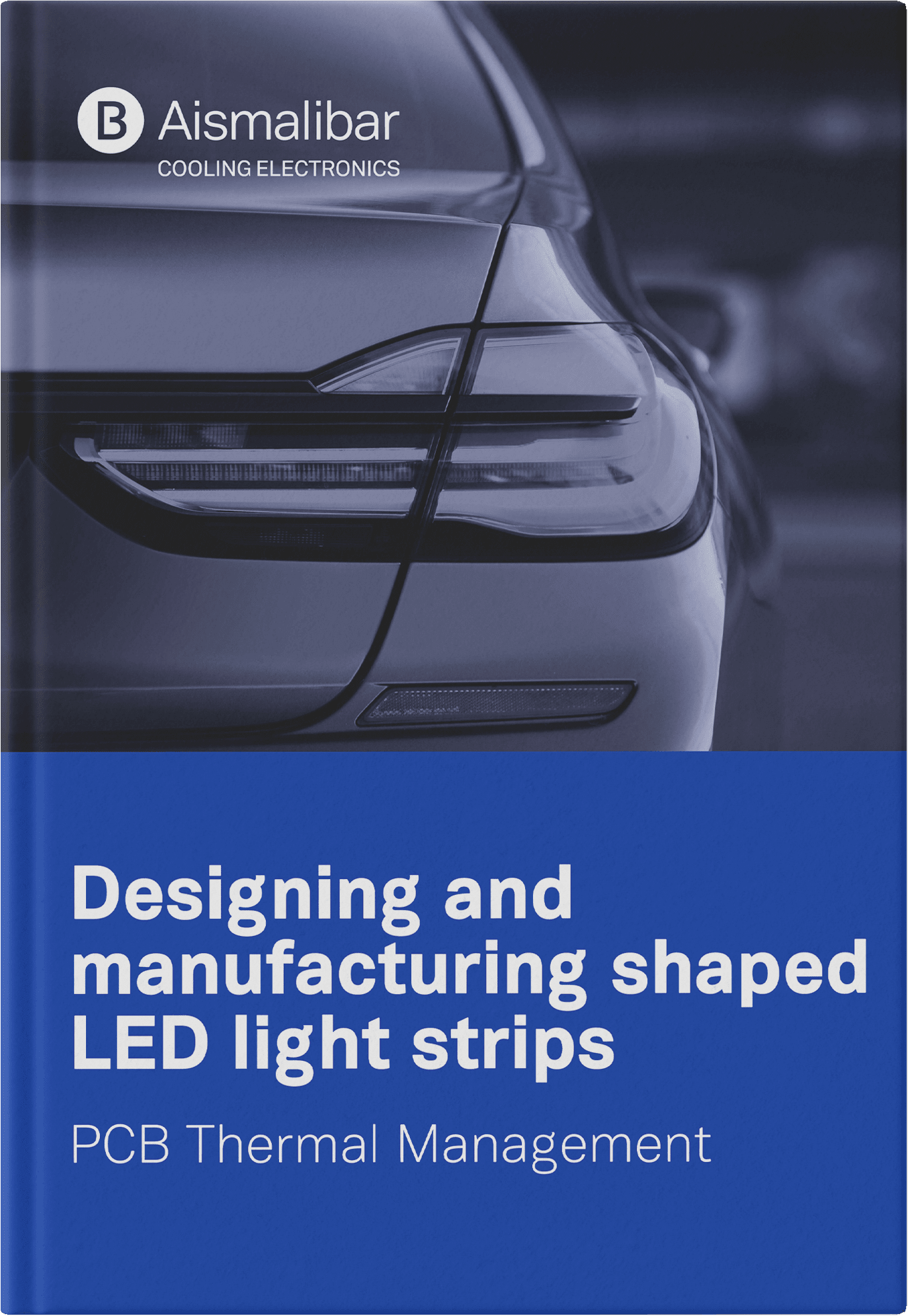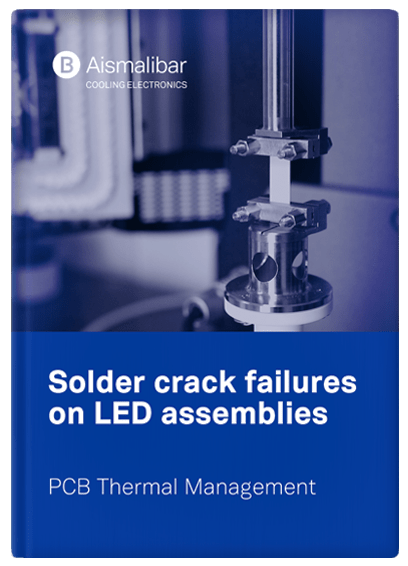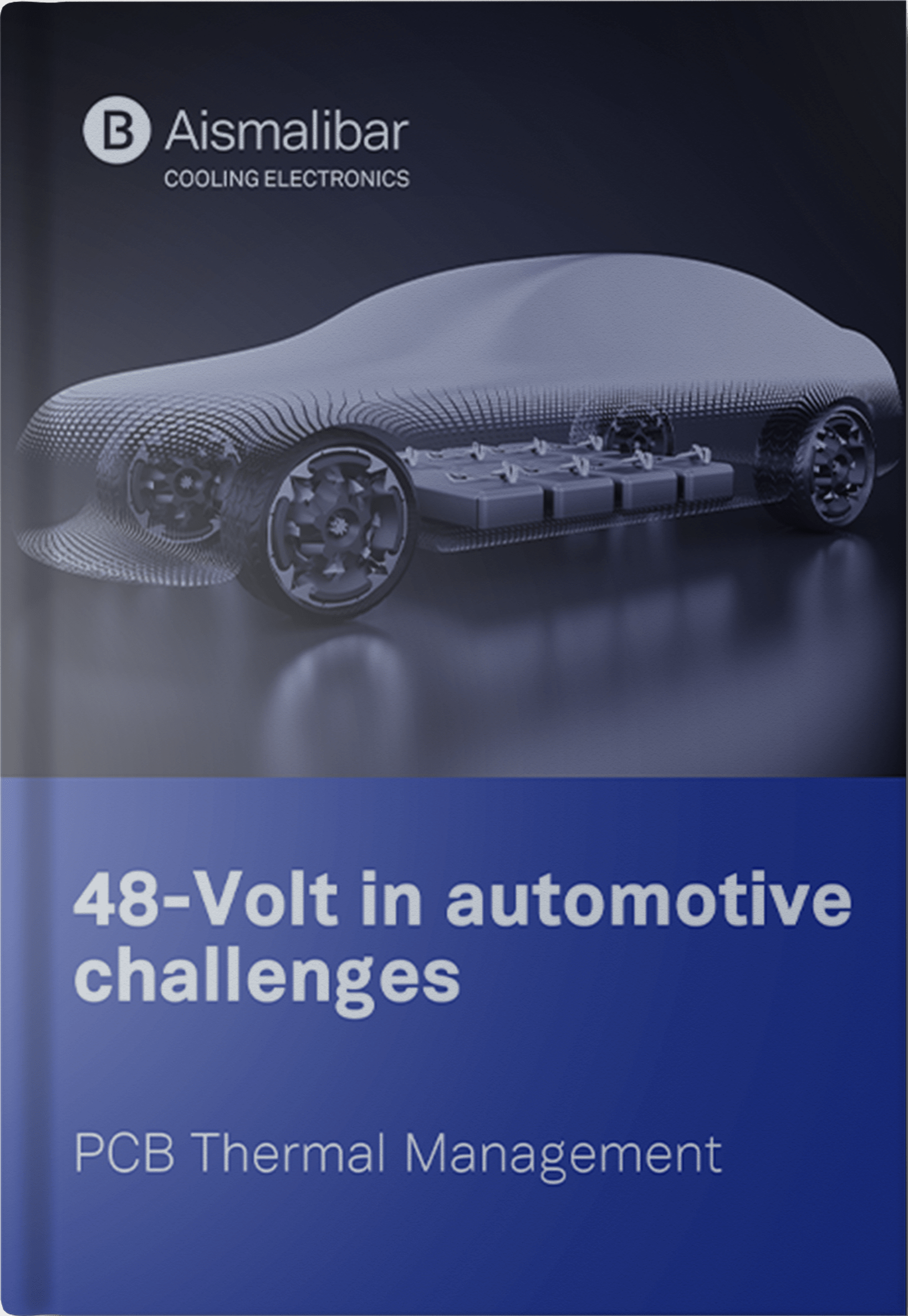The expansion of technology into every aspect of our lives requires proper thermal management of integrated electronic components to achieve higher performance and efficiency. It is with that in mind that we are proud to announce the publication of four e-books. Our experts in thermal management have prepared this new material with the intention of sharing the knowledge and industry expertise we have gained during many years of working closely with both clients and suppliers.
You can download each of our e-books here:
Removing heat from High-power LEDs

Removing heat from High-power LEDs can draw over 1 watt in a single LED. Most of the electrical power in a LED generates heat rather than light— approximately 70% heat and 30% light output. If the heat generated is not effectively removed, the LEDs will run at higher temperatures, which lowers their efficiency and decreases their lifespan, making the LED design less reliable. Thus, thermal management of high-power LEDs is a crucial area of the PCB designer’s research and development.
It is necessary to limit the junction temperature to a low enough temperature, typically about 110° C maximum, to ensure that the LED has a long, useful life. Temperature is a measurement of resident heat in an object; if you remove more generated heat, you therefore lower the die temperature. In printed circuits, the difficulty is compounded because we need high-voltage dielectric isolation between the copper traces and the copper or aluminum heat sink. We need a high thermal conductance laminate, and a low thermal impedance, three properties that are present in thermal laminates.
Designing and manufacturing shaped LED light strips

The latest design in automobiles and other vehicle lumination is the exciting decorative shaped LED lighting. The curved and stepped design of the LED lighting, utilizes a conformable aluminum backing strip with a heat conductive thin insulative printed circuit material and copper traces for the current. These elaborate looking light strips are made to fit sloped and decorative shaped car lenses, creating an eye-catching stunning lighting display to enhance the cars visual look. To manufacture these new light strips, a few special materials is required. First the insulative heat conductive Printed circuit material is laminated on to a conformable aluminum mailable base to provide low thermal impedance to effectively move the heat away from the LED die or power supply into the aluminum backing material.
Solder crack failures on LED assemblies

How new Insulated Metal Substrates can help improve reliability - The key to achieving good reliability and requisite service lifetimes in modern electronic devices has long been associated with the quality of the solder joints used in assembling components onto substrates. Originally, the electronics industry used leaded components with through hole mounting and solder joints that were much larger than are found today. The solders were also typically made of tin and lead, in compositions that had both modest melting points and good mechanical properties.
However, progress in the electronics industry has always been characterised by ever greater levels of integration and miniaturisation that have seen the move from leaded components to the use of surface mount technology and increasing numbers of connections being required to fit into smaller and smaller areas on a circuit board or substrate. As a result, the actual volumes of solder used to form the individual solder joints has been significantly diminished, e.g. in area array packaging.
48-Volt in automotive challenges

Switching to a 48-volt lithium ion battery system on a vehicle can greatly improve the vehicle’s gas mileage. It does however require a rethink, as it mandates a serious redesign to quite a few mechanical, electrical based systems about the vehicle. Utilizing a 48-volt battery does allow the manufacturers to remove various accessory drive systems from the internal combustion engine. It allows the new larger 3 phase starter motor to also be an alternator. Switching to 48 volts and a bigger battery allows the following: replacing the starter with a motor/alternator in the clutch transmission area which disconnects the combustion gas motor, turning the ICE motor off during braking or on downhill slopes as well at stopped at stop lights.
